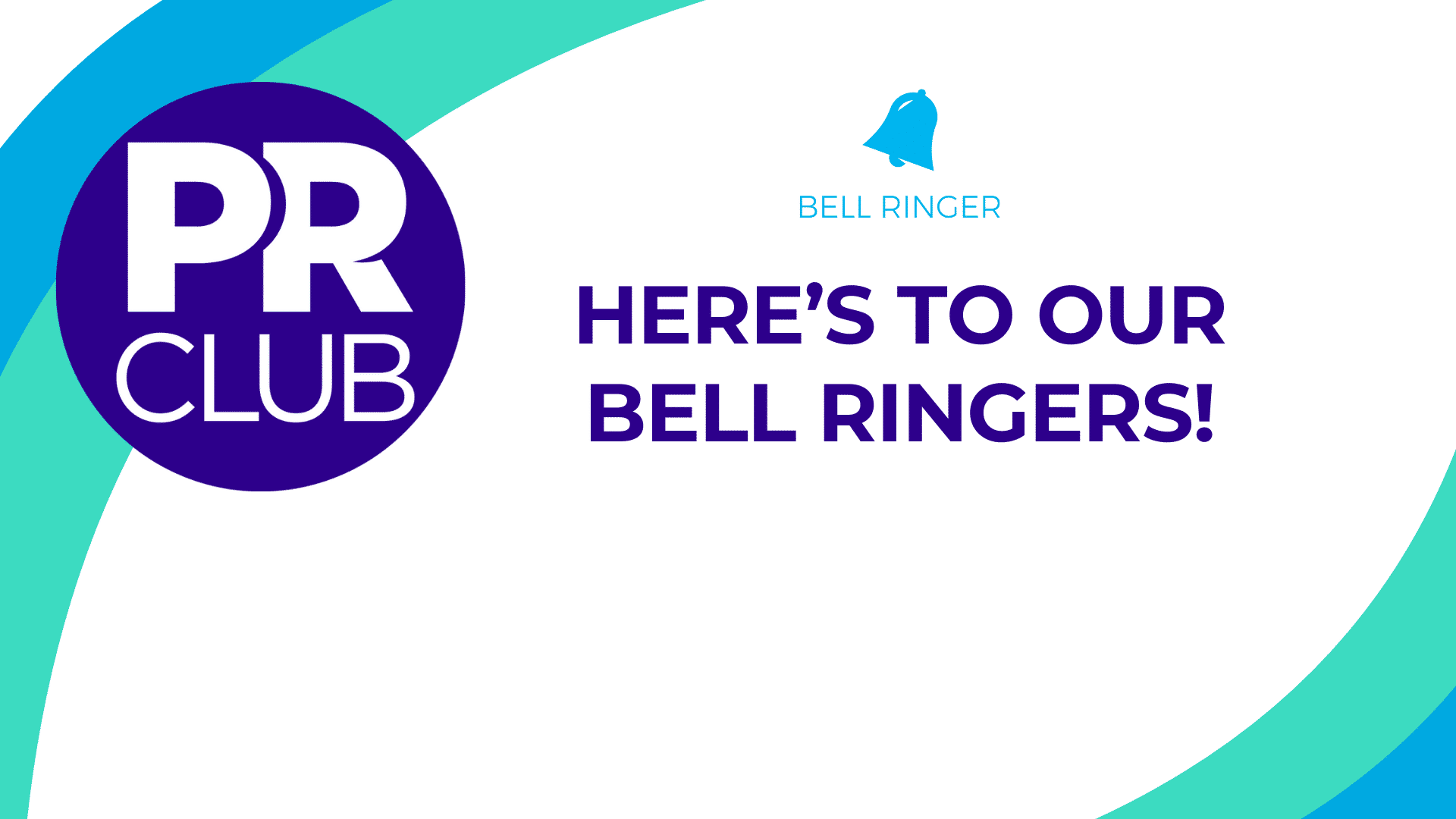On February 5, a packed room of communications professionals participated in a conversation all about data with Katie Delahaye Paine, a pioneer in communications measurement, and Chris Penn, a digital and marketing technology expert.
To kick things off, Chris asked the room: do you feel confident in what you are currently measuring? Attendees’ responses ranged from concerns around the quality of data they’re reporting, to an overwhelming volume of data, to the challenges they face connecting PR results to business outcomes.
That last point struck a chord with the panelists. As Katie pointed out, success doesn’t get measured by whether you got on the front page of the New York Times. It’s whether people signed your petition or bought your product, whether you attracted the best talent, or whether your stock price increased.
In short, you are getting paid to achieve a business outcome.
With that in mind, here are a few key takeaways from the event:
- Automate as much as you can. Every repetitive task you do is taking time away from doing the work, analyzing the data and gathering insights from the data. Find every opportunity you can to let machines do the grunt work for you, so you can spend your valuable time adding human insights.
- Data should tell a story. It’s easy to get stuck in a rut of reporting the same information every month or quarter. Shake things up! When you get a report, it will likely tell you what happened. Ask yourself and your colleagues, “so what?” What story is the data telling you? Don’t stop there. Ask, “now what?” What did you learn and what are you going to do about it?
- Look at what didn’t work. We tend to place too much of an emphasis on highlighting the good things. (What do you expect, we work in PR!) The first thing you really should be doing is looking at the worst results. What didn’t work? Why didn’t it work? Start there.
- Focus on the media – and the messages – that matter. So, you got three billion earned media impressions? That’s great, but there’s no way your audience is three billion people. Narrow your media to only those that truly influence your target audience. Then, look at whether the coverage moved people. It’s not enough to say it’s a positive article. Did it contain elements that will get people to visit your website, buy your product, or otherwise take action?
- Don’t be afraid of data. You’re not a data analyst (unless you are). That said, there is a minimum level of competence every PR professional should have. There is no shortage of great resources for learning about everything from Google Analytics to how to visually display data. (As a start, check out Katie’s blog, it has a lot of easy-to-digest tips!)




